Genoa’s Unesco World Heritage Sites: Explore the cities historic and cultural past and prestige (2023)
Genoa boasts one of the most glamorous Unesco World Heritage sites in an area that is filled with of amazing palazzo or grand palaces just beyond the harbor and the medieval section of the city. This entire stretch of palaces is called the Strade Nuove or ”New Streets” and includes the decadent Via Garibaldi along with a few other grand boulevards. The entire Strade Nuove including select streets of Genoa were certified as a Unesco World Heritage site in 2006.
The Strade Nuove is a series of noble homes or palazzo that were built between the 16th to 18th century during Genoa’s golden age of trade. Comprising of magnificent architectural treasures created in Renaissance, Baroque and Rococo styles, these palaces magnify the prestige and influence of Genoa during its peak. The noble families were registered into rolls or “rolli” designating their status of which certain homes were chosen to host prestigious guests to the city in lieu of an official royal palace. There are officially 42 completely restored palaces (there are still many that are in need of major renovations) that are affiliated with the Unesco certification and represent one of the first urban planning projects that meet specific European criteria.
The area of the Strade Nuove started in 1551 were set to be the ”well off section” of the city. Each palazzo were richly decorated on their refined facades and grand entrances. The elaborate decorations and details were done both to the interiors and exteriors of these homes along with amazing artwork, sculpture and personal collections imported from all around the world. Many of the villas included grandiose entryways, loggias, and gardens to make their homes even more spectacular.
A brief history about Genoa, Italy
Genoa, Italy, holds a storied history as one of Europe’s oldest and most influential maritime cities. Its origins can be traced back to ancient times when it was inhabited by Ligurians and subsequently by Phoenicians and Greeks.
Roman and Byzantine Eras:
In Roman times, Genoa, known as Genua, became an important trading and port city. It thrived as a center for commerce and shipbuilding. During the Byzantine period, it was a part of the Eastern Roman Empire.
Medieval Maritime Power:
Genoa’s prominence continued to grow during the Middle Ages. It established itself as a powerful maritime republic in the 11th century, rivaling cities like Venice and Pisa. The Genoese Republic expanded its influence across the Mediterranean and played a vital role in the Crusades.
Columbus Connection:
Genoa is famously associated with Christopher Columbus, the explorer who discovered the Americas. Columbus was born in Genoa or its surroundings, and the city played a significant role in his early life.
Renaissance and Beyond:
During the Renaissance, Genoa enjoyed a cultural and economic resurgence. The city’s architecture, art, and trade flourished during this period.
Napoleonic and Modern Eras:
Genoa faced upheaval during the Napoleonic era, coming under French control. In the 19th century, it became a part of the Kingdom of Sardinia and later, the Kingdom of Italy when Italy was unified.
World War II and Reconstruction:
Genoa suffered damage during World War II but was subsequently rebuilt. It continued to be a key port city and industrial center in post-war Italy.
Today, Genoa stands as a vibrant and culturally rich city with a blend of historical and modern elements. Its historic center boasts charming medieval streets, while its port remains a vital gateway for trade and tourism. Genoa’s history is woven into the fabric of its architecture, cuisine, and the spirit of its people, making it a captivating destination for travelers interested in exploring Italy’s maritime heritage.
Why visit Genoa as a Unesco World Heritage Site
he historic center, a warren of cobblestone alleys and medieval treasures, offers a glimpse into a bygone era. Marvel at the palaces like Palazzo Ducale and Palazzo Spinola, each a testament to Genoa’s opulent past. The Rolli Palaces, once host to dignitaries, stand as architectural wonders, showcasing the city’s wealth and sophistication during the Republic of Genoa.
But Genoa isn’t just a living museum; it’s a vibrant city where past and present coexist harmoniously. Its culinary delights, including the birthplace of pesto, invite you to savor the flavors of Liguria. Explore the Galata Maritime Museum to uncover Genoa’s maritime heritage and its role in exploration.
Palazzo entryways at Via Garibaldi
Palazzo along Via Balbi
Prestigious palaces
The grandest of the palazzo or palaces were located along Via Balbi, Via Garibaldi and Via Lomellini, although Via Garibaldi comprises of the main palazzo Unesco sites in the Strade Nuove. Many of the palazzi have been converted into banks, hotels, art galleries or museums and private estates converted into Museums. Many of these buildings are open to the public for viewings and even the banks where you can entry their grand entrances to view the magnificent facades and hidden gardens.
Tip – For a list of Palazzo that you can visit along Via Garibaldi, check out the visit Genoa website here. You can do a self tour of groupings of the palace or you can also do a group tour to see some of the highlights.
The Palazzo Reale
One of the grandest villas of the Strade Nuove, Palazzo Reale was completed in 1600 for the Balbi Family and eventually a royal residence of the royal family of Savoy. The palace now a museum comprises of 23 state rooms, halls and royal chambers. The most impressive of these rooms include the throne room, hall of mirrors and the ball room along with a grand entryway and rooftop garden.
Palazzo Reale throne and ball room
Palazzo Doria-Spinola
This grand palazzo owned by Antonio Doria – Spinola, the pre-eminent leader who expelled the French rulers from the medieval city state of Genoa had this renaissance style palace erected on Largo Eros Lanfranco. The palace has elaborate state rooms to include an important tapestry room, drawing rooms, and an elegant reception hall.
If you go – additional details
There are many sites that are worth visiting as part of Palazzi dei Rolli, you should allocate at least half day to full day with over 14 buildings open for the public to visit.
Information and hours are available on the Come to Genoa site here.
Prices are 12 Euro for a 24 hour museum visit and 13.50 Euro with local Genoa busses.
Group tours are available only on Saturday afternoon for 12 Euros
If your heading to Cinque Terre, check out these cool hotels here on where to stay in the towns.
More inside tips to visiting the Unesco sites at Genoa
While the main attractions in Genoa are captivating, there are several UNESCO World Heritage Sites that offer unique and lesser-known experiences. Here are some inside tips for exploring these hidden gems:
San Lorenzo Cathedral Crypt:
Beneath the grandeur of San Lorenzo Cathedral lies a fascinating crypt. Explore its dimly lit passages to discover ancient relics, Roman columns, and the intriguing history of the city’s early Christian community.
Porta Soprana Towers:
While not as famous as some other landmarks, the Porta Soprana Towers offer a unique perspective on Genoa’s medieval history. Climb to the top for panoramic views of the city.
Staglieno Cemetery:
This monumental cemetery is a masterpiece of funerary art and sculpture. Take a stroll among the impressive tombstones, statues, and mausoleums, which provide a unique insight into Genoa’s artistic heritage.
The Old Port (Porto Antico):
Beyond its popular attractions like the Aquarium, the Old Port area offers hidden spots to explore. Discover quaint alleys, street art, and local markets where you can mingle with Genoese residents.
Ligurian Street Food:
While in Genoa, indulge in the local street food scene. Seek out hidden food stalls and try local specialties like farinata (chickpea flatbread) or panissa (fried chickpea squares). Locals often have their favorite spots tucked away.
Spianata Castelletto Elevator:
Rather than taking the more famous elevators, opt for the Spianata Castelletto Elevator for stunning views of the city. It’s often less crowded, providing a peaceful perspective.
Santa Maria di Castello:
This charming church often gets overshadowed by larger cathedrals, but its serene interior and beautiful frescoes make it worth a visit. It offers a peaceful escape from the bustling city.
Boccadasse:
While not a UNESCO site, this quaint fishing village is a hidden gem. Stroll along its colorful waterfront, enjoy gelato, and soak in the charming ambiance.
These insider tips will allow you to delve deeper into the UNESCO World Heritage Sites of Genoa, uncovering lesser-known facets of this historic city. They offer a more intimate and authentic experience that’s sure to enrich your journey and content creation.
Conclusion to visiting Genoa’s Unesco World Heritage Sites
In conclusion, a visit to Genoa’s UNESCO World Heritage Sites is a journey beyond the surface, an exploration of hidden treasures that reveal the city’s profound heritage and vibrant spirit. While the main attractions are undeniably captivating, it’s the lesser-known gems that truly enrich the experience.
Thanks for visiting this post on Genoa’s Unesco World Heritage Sites. If you enjoyed the post, please share it with any of the social media buttons listed around the post, thank you. Also, please check out my 24 hour highlight tour of Genoa here.
If you like what you see, come and check out my other social media channels for more updates, including Instagram, Pinterest and Twitter.


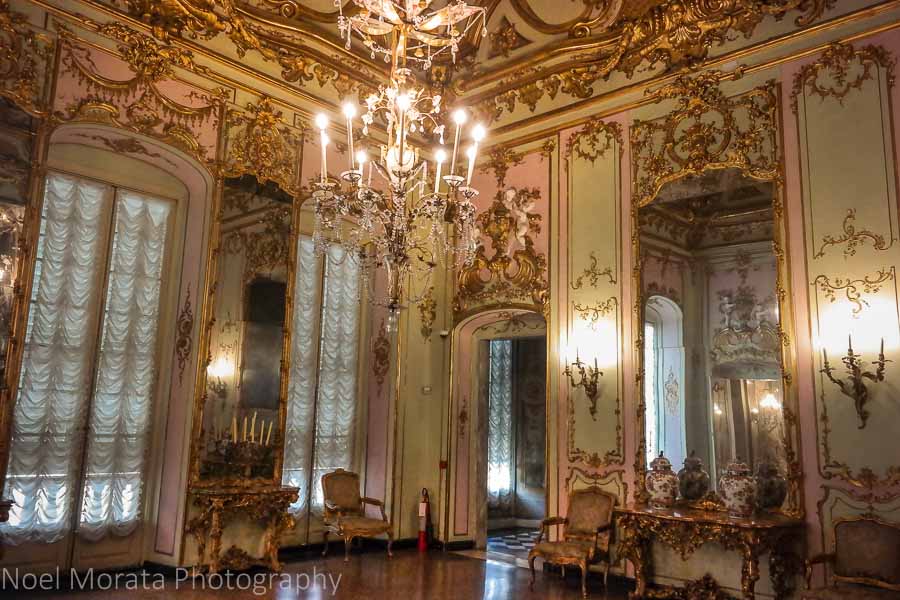
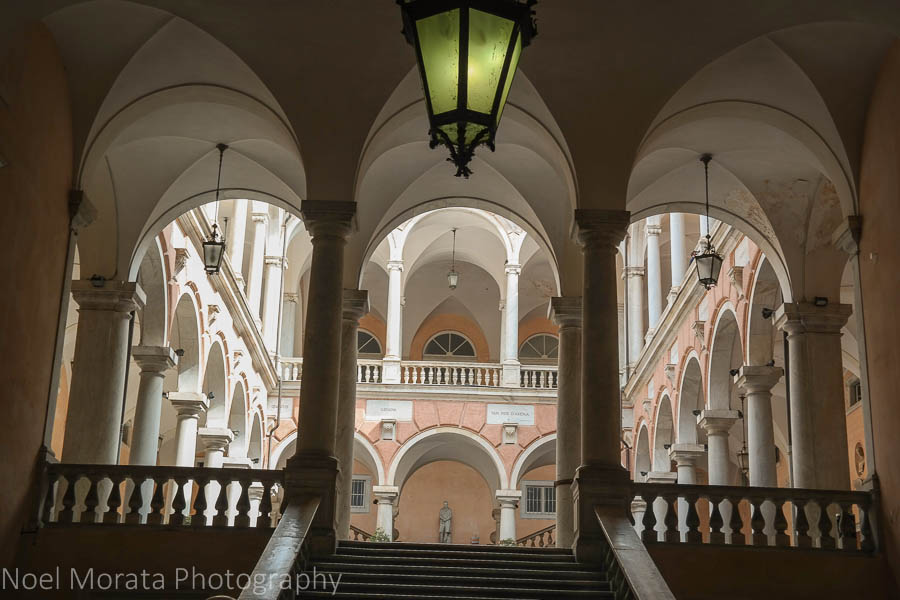
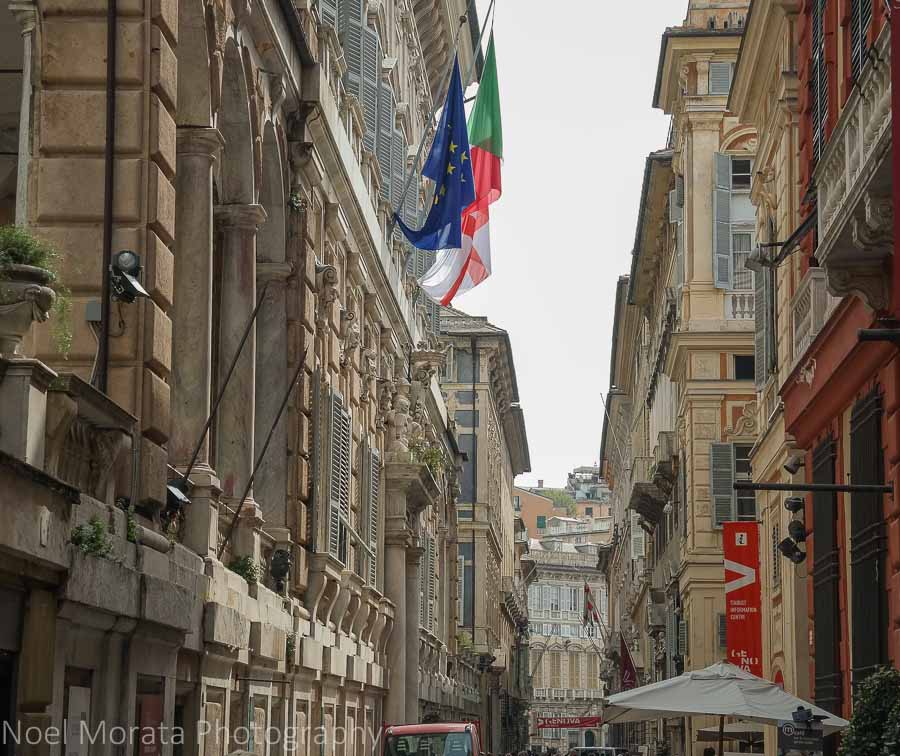
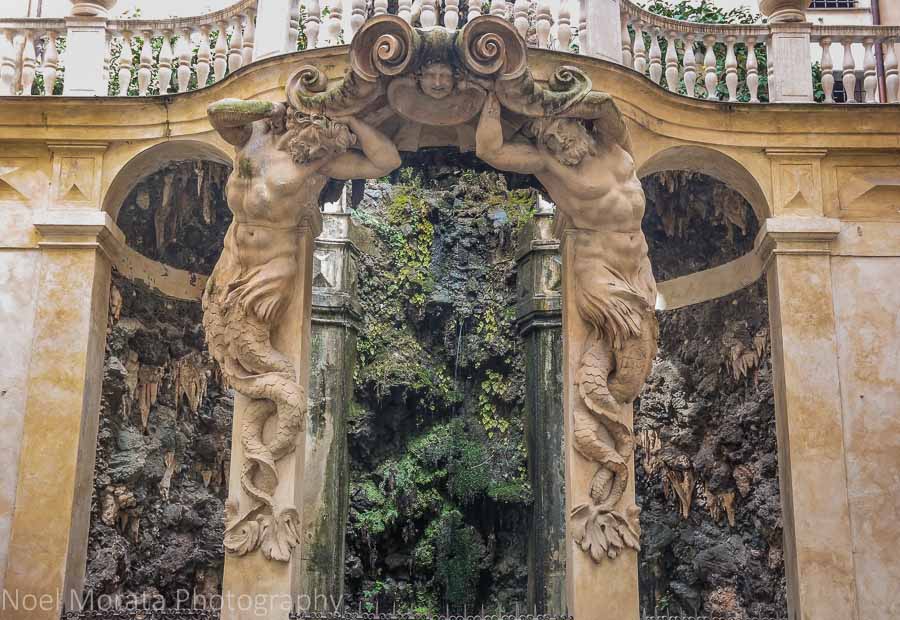
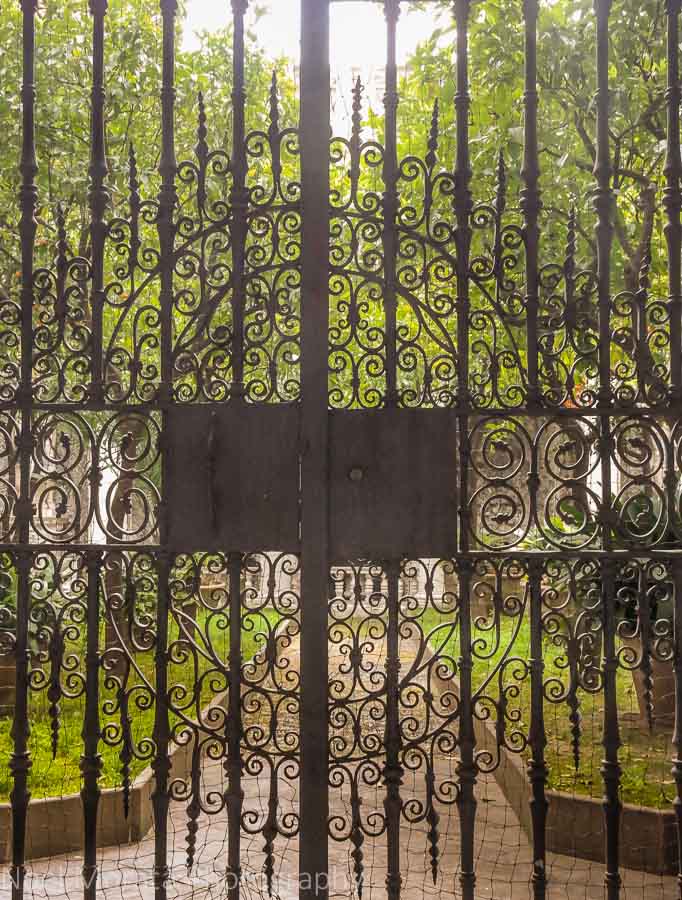
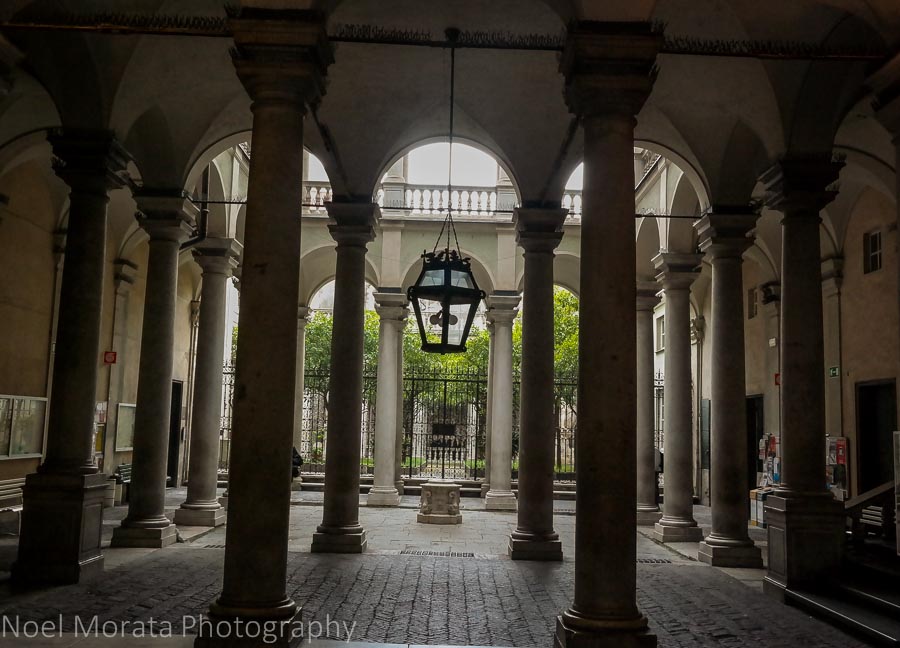
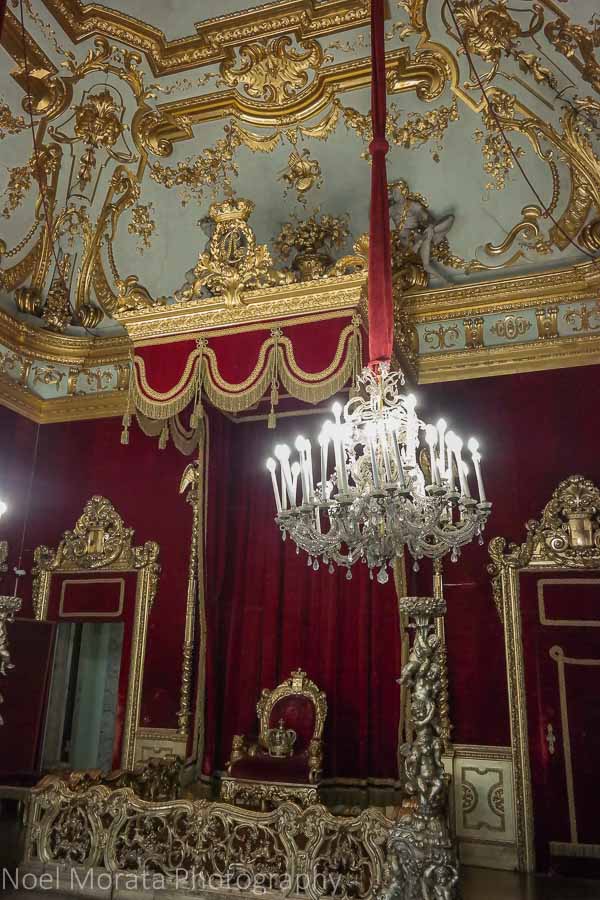
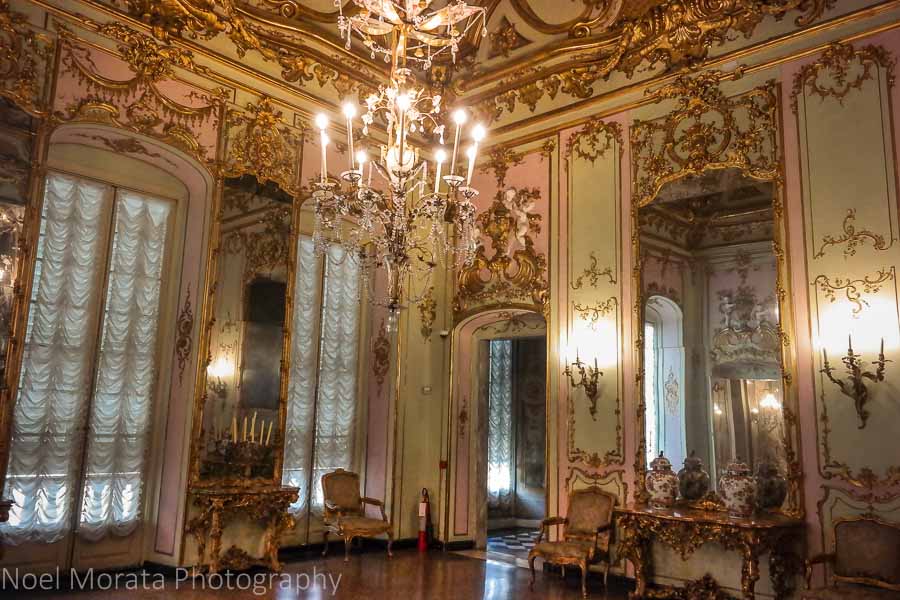
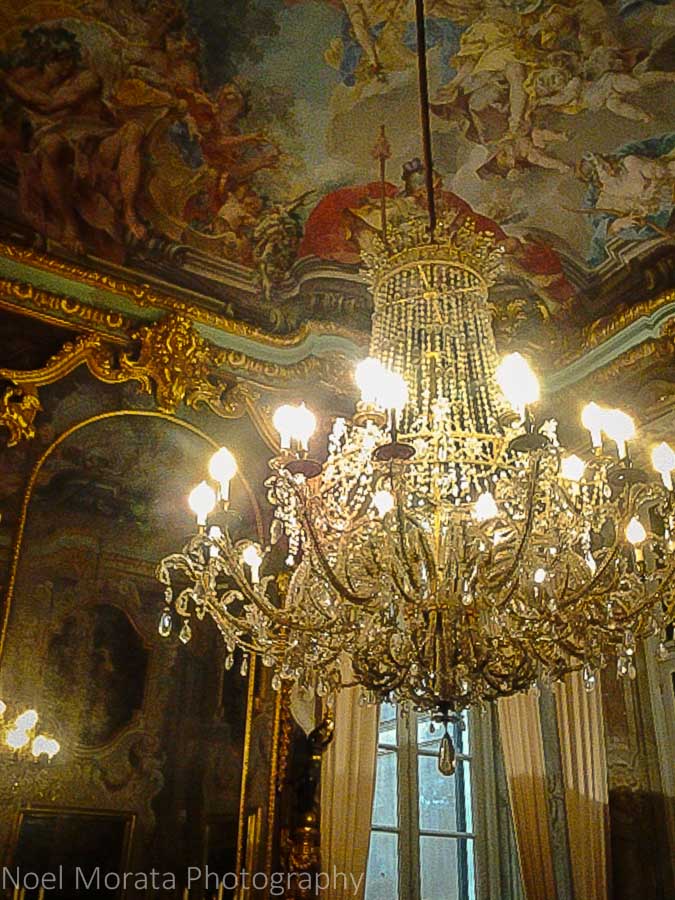


Simply stunning. I am amazed that there are so many fantastic palaces clustered together. Now, I wish I had made time to visit Genoa when we were in Italy.
Via Garibaldi’s entrance is just stunning, I would love to visit Genoa as I’ve heard the food is amazing too
Wow! You have captured so many details about the city (and that is great). I think a lot of people do not know Genoa is a UNESCO site or that it has a Historic Center. I will really love to discover this part of Italy.
Yes a lot of people just think it is a gateway to Cinque Terre or the Italian Riviera
This is my kind of place! Via Garibaldi looks like it’s a movie setting. 🙂